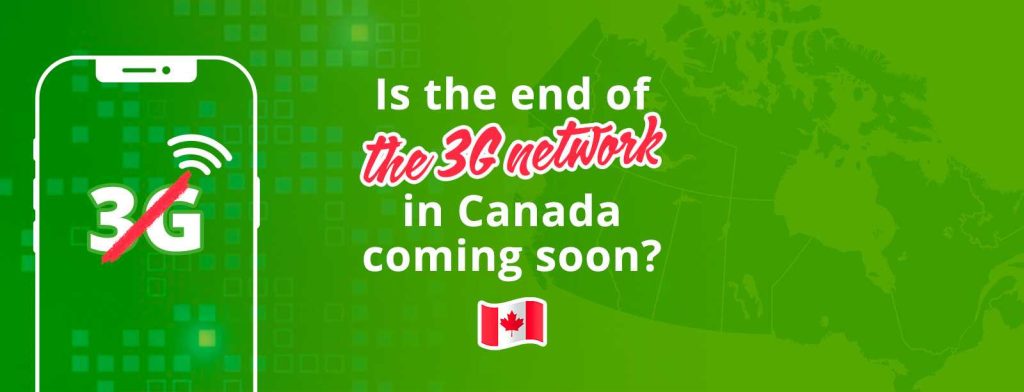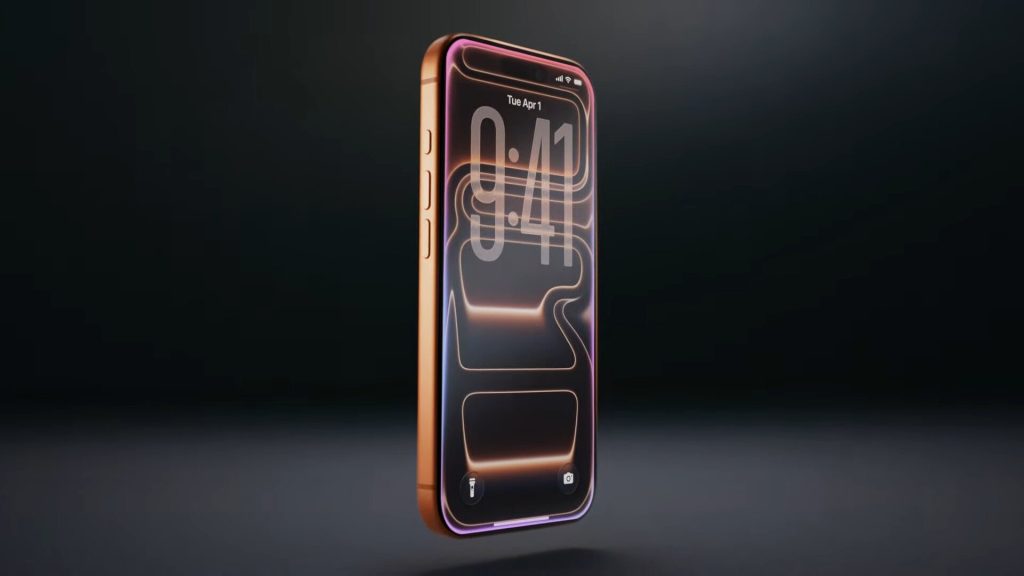The continuous speculations regarding the intention of Canada’s main providers, including Bell, Rogers, and Telus, to progressively phase out their 3G network have raised new concerns. This has led to increased concern about the decision’s potential ramifications for both consumers and companies.
The strategic choice to gradually disable the 3G network is principally motivated by two factors.
Need for Higher data speed
Users are looking for better network performance as technology advances and smartphones and other connected gadgets become more widely used. Indeed, they require technology to match their demands for video streaming, online gaming, and other bandwidth-intensive activities. Due to speed and capacity limits, the 3G network, which was established years ago, is no longer capable of meeting this expanding demand.
A strategic choice by phone carriers
Second, it has become critical for providers to effectively shift resources to more sophisticated networks, such as 4G and 5G. When it comes to speed, latency, and capacity, these networks outperform 3G networks hands down. By investing in these newer technologies, providers can meet their consumers’ growing demand for high-speed connectivity. They can also provide new and innovative services and features.
As a result, the progressive deactivation of the 3G network frees up significant resources for providers to improve and expand their 4G and 5G network infrastructures, assuring an excellent long-term user experience.
What impacts will the end of the 3G network have on consumers?
What should consumers do about the 3G network shutdown?
Canadian consumers may suffer substantial effects if 3G network support is discontinued. Indeed, people will need to update to handsets that are 4G or 5G ready. This means that those who still rely on 3G services will need to upgrade to more advanced technology to maintain reliable connectivity. When the network is disconnected, devices that only use the 3G network will no longer be able to connect.
Customers will consequently have to acquire new devices that are compatible with the latest network technologies, which may incur additional costs. However, this may allow customers to enjoy higher internet rates, greater capabilities, and features of 4G and 5G networks.
How providers will support their customers
The carriers will surely take a number of steps to aid and notify their customers once the 3G network’s support ends. This includes conducting multiple awareness initiatives to tell users about the imminent changes and the procedures required to prepare for the deactivation of the 3G network.
Announcements are often posted on corporate websites, in emails to subscribers, and in direct messages delivered to clients via mobile applications or text messages.
In conclusion, telecom service providers are being proactive in educating and assisting their clients as the 3G network’s support comes to an end.
The evolution of connectivity technologies
The emergence of 4G and 5G has signaled a significant advancement in the world of telecommunications and signified the growth of connectivity technologies. Compared to 3G and 2G, 4G, also known as LTE (Long Term Evolution), offers substantially faster internet speeds. 4G has completely changed the way people access the internet by enabling faster downloads, smoother browsing, and high-quality streaming of videos. Its speeds can approach several megabits per second.
The benefits of 4G and 5G are not limited to just faster data speeds. These networks also offer improved connection stability, greater capacity to handle a large number of connected devices simultaneously, and lower latency, enabling quicker response times for latency-sensitive applications such as online gaming and real-time communications.
Future opportunities offered by 5G
To make this transition easier, 5G-capable phones like the Google Pixel 8, Samsung Galaxy S23, and iPhone 15—all of which are available through Planhub—are essential.
Furthermore, 5G allows for substantial advances in telemedicine and remote healthcare. Medical apps use 5G’s high bandwidth and low latency to perform remote tests and online consultations. This opens up new chances to increase access to healthcare, particularly in remote or underdeveloped locations.
In the automobile industry, 5G makes it easier to build and deploy autonomous and connected vehicles. To provide rapid communication between automobiles, road infrastructure, and other safety devices, 5G must have low latency. This improves road safety and transportation efficiency by enabling sophisticated features like self-driving, collision prevention, and real-time traffic monitoring.
Finally, 5G enables more advanced smart homes and buildings in home automation. With 5G connectivity, linked devices will be able to work more efficiently and flawlessly. Indeed, 5G will greatly improve applications like energy management, home security, appliance control, and home entertainment.






